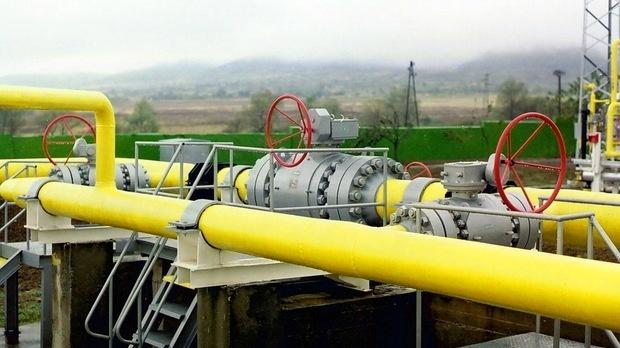BAKU, Azerbaijan, Apr.21
By Leman Zeynalova – Trend:
Globally, the existing carbon capture, use and storage (CCUS) capacities in operation are estimated to be 40 million tonnes of carbon dioxide (MtCO2), Trend reports citing the Gas Exporting Countries Forum (GECF).
The current combination of serious climate actions and the need to decarbonize industrial clusters, together with the actionable contribution of oil and gas companies towards reducing emissions, will collectively help to build around 100 MtCO2/year of CCUS capacities by 2030. That is a 250 percent increase over what was operationally available in 2020.
The GECF Member Countries are expected to have installed carbon capture capacity of around 25 MtCO2 by 2030. Members such as Egypt and Iraq have already floated the possibility of implementing carbon capture projects in their National Development Contributions (NDCs) in repsect to the Paris Agreement and this step could lead to more projects in the future. Other developments that were not depicted in the projected capacities are related to Saudi Aramco's new announcement to collaborate with China on blue hydrogen.
Similarly, Japan’s refiner, ENEOS, signed an MoU with Saudi Aramco to develop blue hydrogen and ammonia from natural gas while capturing the emitted carbon from the generation process. There is no clear estimation on the size of the carbon capture capacity of these partnerships between the largest oil producer and the largest energy consumers. The GECF predicts that in the future more projects will be announced to decarbonise industrial clusters, utilise depleted oil and gas resources, and reduce the economic burden of the energy transition. Carbon capture provides a dual win in terms of capturing emissions from emission points and removing carbon from the air. However, the existing and the planned capacities up to 2030 are not enough to close the global emissions gap that will lead the world to meet its climate goals. Nevertheless, the pace of the expected buildup of carbon capture capacities over the current decade is at a 250 percent increase compared to what is now in operation gives hope of exponential development in the future.
---
Follow the author on Twitter: @Lyaman_Zeyn






